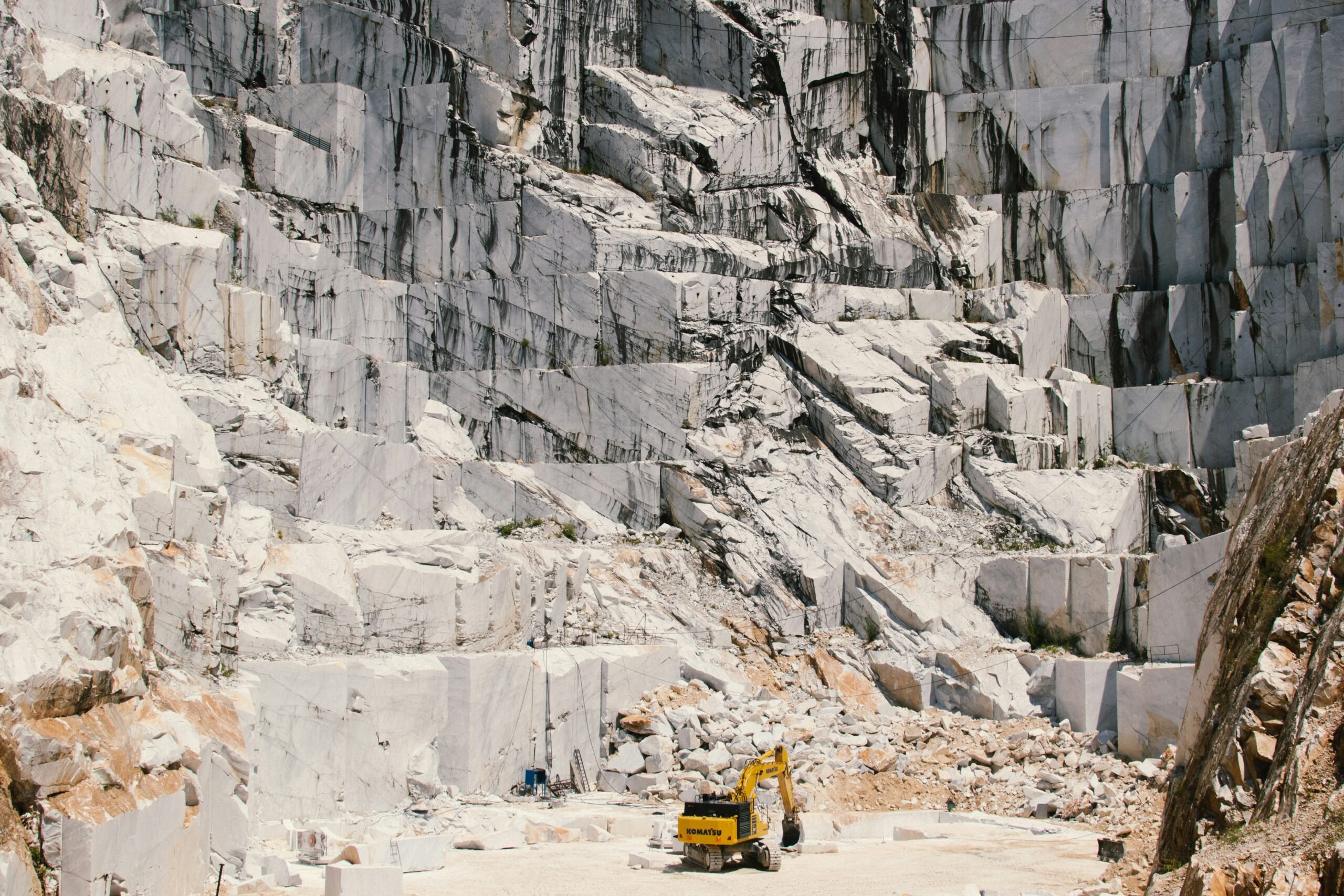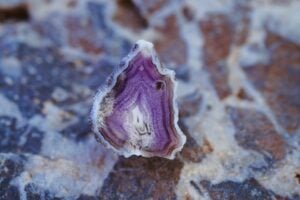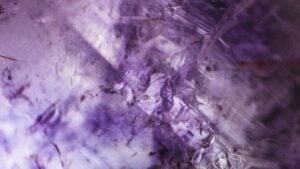Few construction and interior design materials stand up to the beauty and elegance offered by marble.
In particular, two of the most distinct varieties of this special natural stone are Carrara Marble and Calacatta Marble. Being two of the most sought-after types of stone and seeing as they are similarly named, it is not surprising that they are confused with one another.
We’ve put together this handy guide to help clarify the differences and distinctiveness between Carrara and Calacatta Marble. From aesthetics and source of origin to durability and functionality, by the end of this article, you’ll be able to make an informed decision as to which of these fantastic options best suits your needs.
The Source of Marble
Interestingly, but confusingly, both Carrara and Calacatta Marble are found in the Carrara region of Tuscany, Italy. This area has been used as a quarry for literally centuries–at least since the days of ancient Rome.
Nevertheless, there are individual quarries within this geographical location and each one offers unique marble with distinct characteristics. Carrara Marble is the more commonly found and available of the two. This makes it more affordable generally than its sister marble.
Calacatta Marble is rarer, even in the region, and this exclusivity coupled with global demand adds to both its cost but also its appeal.
The Visual Aesthetic
Perhaps the most distinguishing feature between Carrara and Calacatta Marble is aesthetic appearance. If you look closely at the two slabs side by side, you will notice differences to both their colours and veining patterns.
Carrara Marble
Carrara Marble features softer and more subtle veining patterns. Its general shade is more off-white and sometimes even a light grey with gentle undertones and striations of blue-grey colouring. The veins themselves are slightly darker than the background colouring, almost a light or water grey that seems to dissipate naturally into the rest of the stone.
Calacatta Marble
Calacatta Marble is bolder. Its veining is far more dramatic and is often thick and easily aesthetically defined. The stone itself is brighter than even white Carrara Marble which only serves to contrast more with the darker grey veining. Sometimes, the veining can even be brown or gold, depending on the variety.
Durability and Maintenance
Both Carrara Marble and Calacatta Marble have similar levels of durability and maintenance. Comparatively, marble is a porous material by natural stone standards. This means that it requires regular sealing to prevent staining, scratching and etching. Acidic substances in particular can damage the surface of the stone, so swift cleaning of spills is critical for best maintenance.
However, marble is still hardy and durable as a material. With proper care and some simple, consistent maintenance, you can ensure both the longevity and aesthetic quality of your marble.
Overall, Calacatta Marble is often less porous than Carrara Marble and will require resealing slightly less frequently. Similarly, its denser composition also makes it slightly more resistant to scratches, etching and damage.
How to Take Care of Your Marble
To begin with, as mentioned above, sealing your marble stone is important for ensuring it is protected from liquids and staining. A simple test you can run is to drop a small amount of water onto the stone surface. If the droplets do not bead up, we recommend you consider resealing.
When you do spill something, always make sure you clean it up as quickly as possible. Blot instead of wipe to ensure you don’t actually cause the liquid to spread more.
General cleaning can be done with gentle, soft cloths and using pH-neutral cleaners that are not acidic and designed specifically for marble.
Last but not least, always use mats or other protective items when placing hot dishes, pans and pots so that the intense heat from the utensil does not damage the marble itself.
Functionality and Application
Both Carrara and Calacatta Marble can and are used in a wide range of home design and construction applications. These include everything from kitchen benchtops and flooring to vanities and wall cladding.
But there are subtle differences in best practice application.
Where Carrara Marble Works Best
Carrara Marble is often used for areas of the house that don’t see such heavy traffic. This is not just a reflection of the material itself but its softer veining and more subtle aesthetic quality makes it much easier to blend seamlessly into the rest of the home design scheme. In other words, you can use Carrara Marble over large expanses of surfaces, such as walls and floors, without risking overpowering that space.
Where Calacatta Marble Works Best
On the other hand, Calacatta Marble is more often preferred for areas where you want more dramatic flair. Thanks to its bold veining patterns and more glamorous and luxurious appearance, it is more suitable for feature areas. While you certainly can use Calacatta Marble in large quantities, it also makes for excellent use in smaller, focused amounts such as a fireplace or countertop.
How to Use Your Chosen Marble
At the end of the day, you can’t really go wrong with marble. It looks fantastic. It works great. It’s classic and classy, beautiful and functional.
But if you press us for an opinion, we recommend Carrara Marble for homeowners wanting a more natural-looking and softer aesthetic. Plus, it is often more affordable so it can be more practical for many people.
If bold and stunning is the look you are after, we recommend Calacatta Marble. This sophisticated natural stone can glamour-up any space in which it is used and will catch the eye of family, friends, guests and visitors alike.





